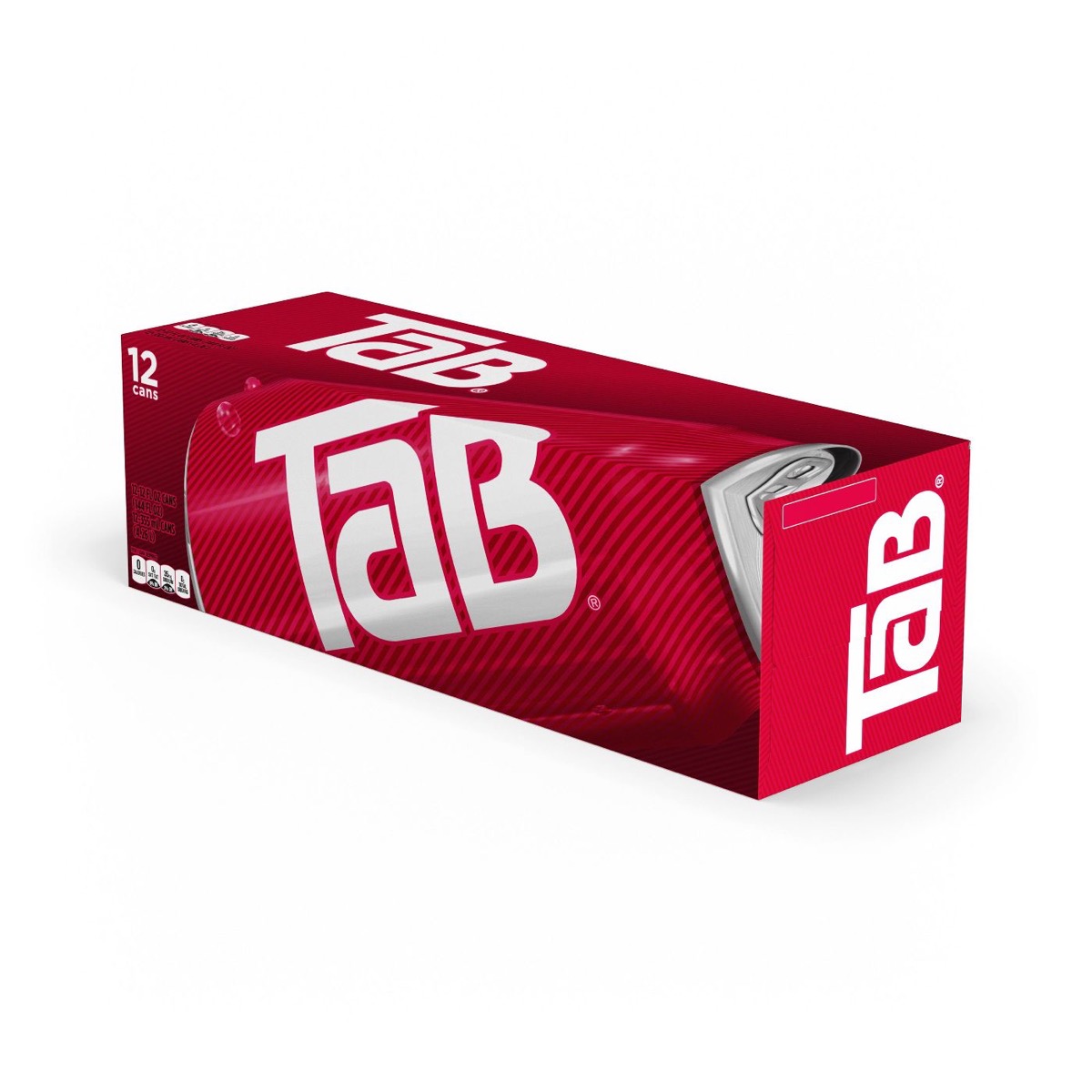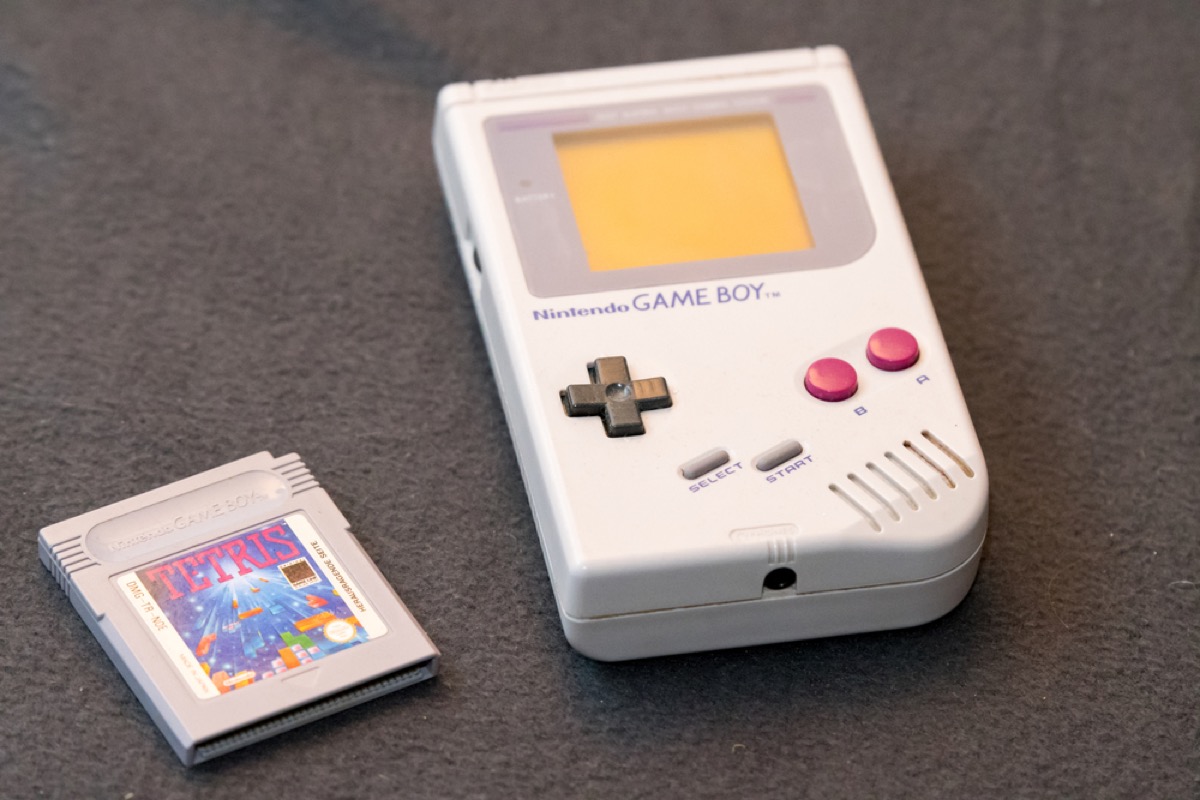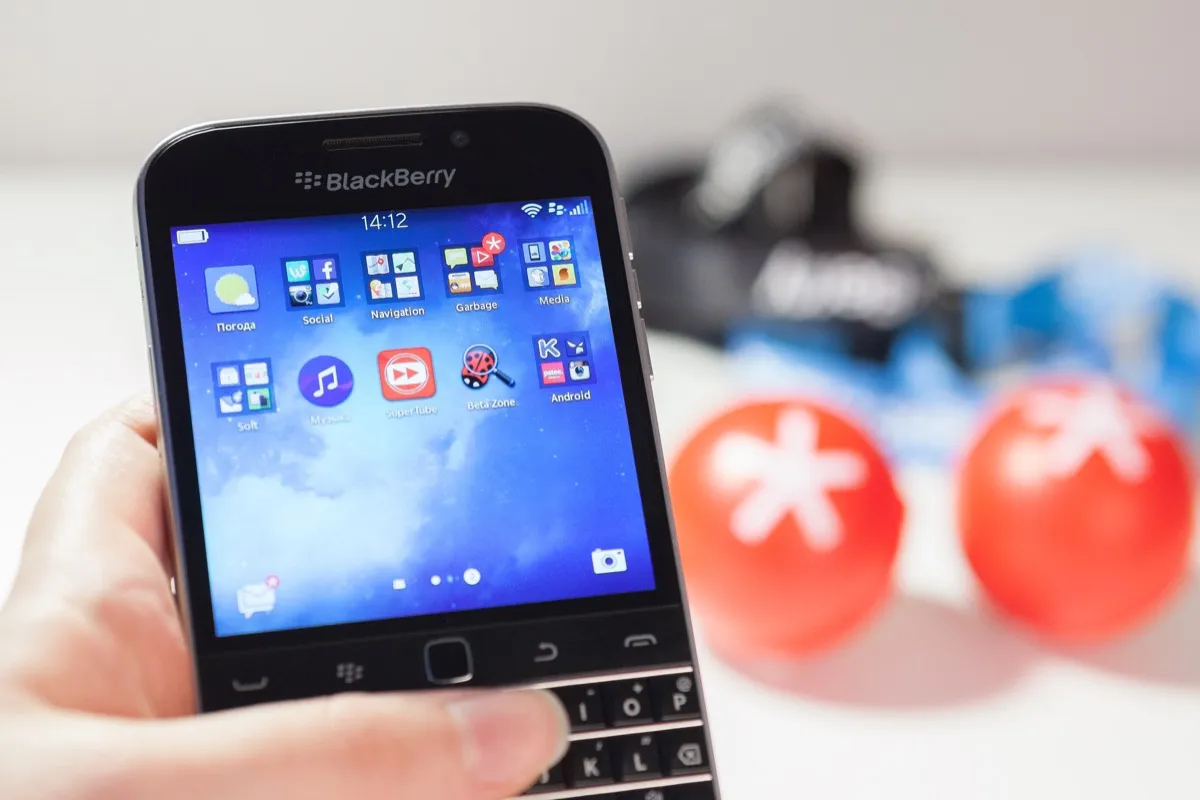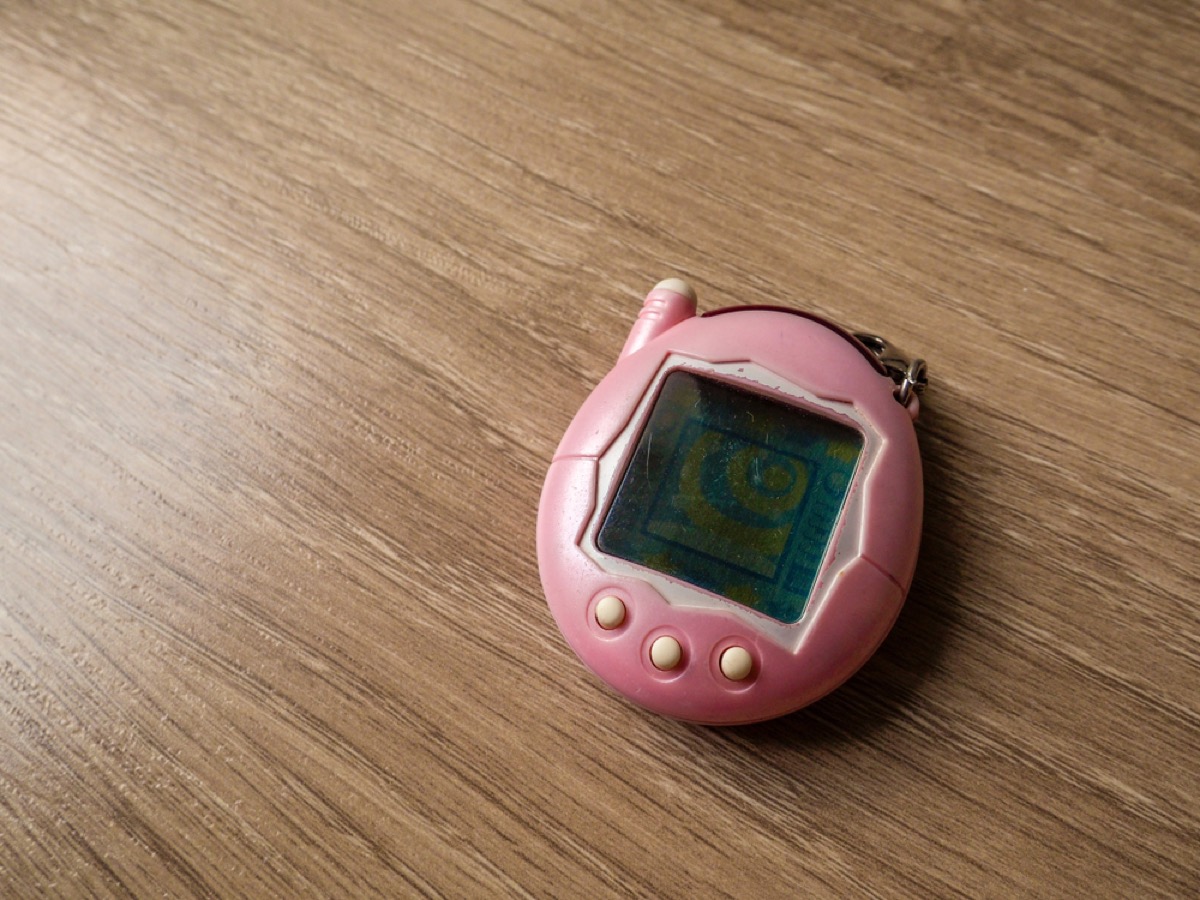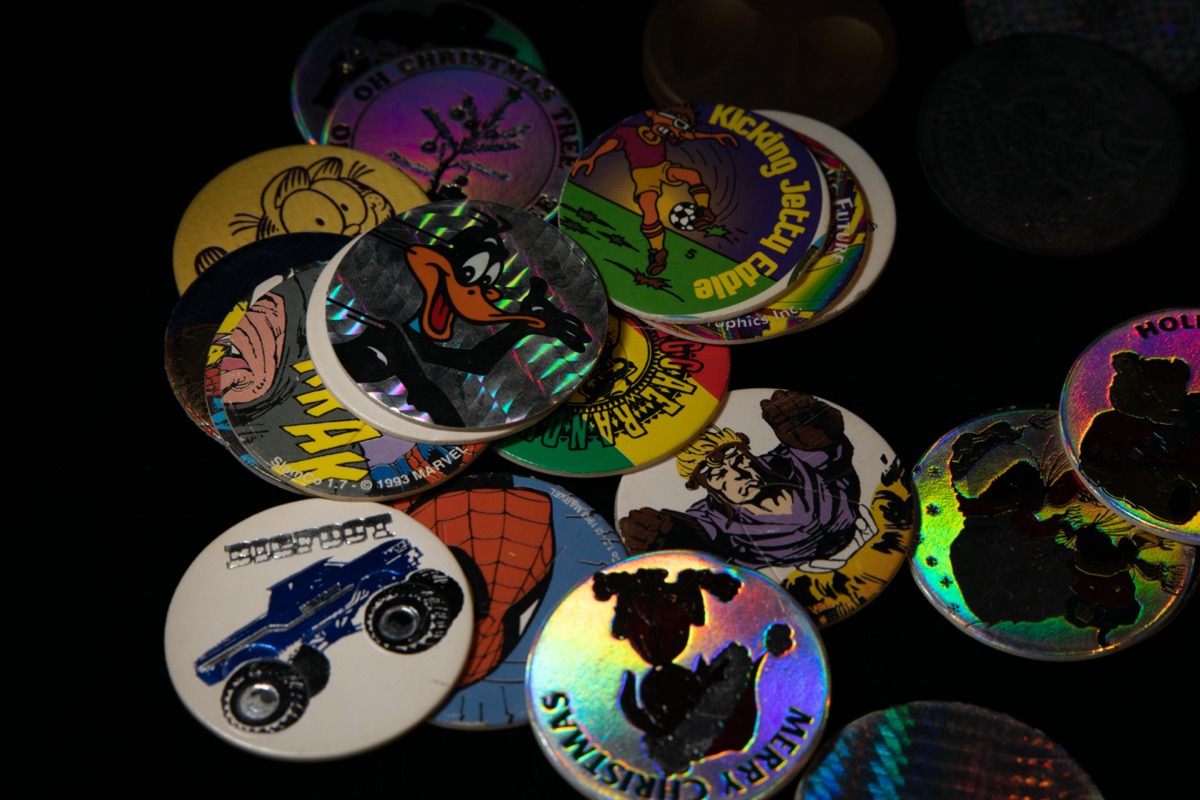Before there was Diet Coke, Coca-Cola had Tab. This was the soda company’s first try at a diet drink—launched in 1963—and it was quite iconic during its heyday in the ’70s and early ’80s. When Diet Coke came into the picture in 1982, the demand for Tab decreased. However, like any nostalgic product, Tab kept a loyal fanbase (known as the Tabaholics), so Coca-Cola kept the drink on the market. Unfortunately, a small fanbase can’t compete with a global pandemic. Tab is just one of the drinks on Coca-Cola’s list of sodas they’re discontinuing, according to The Wall Street Journal. The beverage retailer also plans to get rid of Diet Coke Feisty Cherry, Sprite Lemonade, and Coke Life by the end of the year. “We love our brands, make no mistake, [but] we want to make sure that we create space for new,” Cath Coetzer, head of Coca-Cola’s innovation and marketing operations, told The Wall Street Journal. “It’s about meeting our consumers where they need us to meet them.” Tabaholics kept this product on the shelves for nearly 60 years, despite the drink not having much impact on Coca-Cola’s overall revenue. In fact, Today reported that Tab accounted for less than .003 percent of all of Coca-Cola’s beverage sales in 2017, after only about 1.5 million cans sold out of the 6 billion available that year. And the pandemic has hit nearly every business hard, including Coca-Cola. In August, The Wall Street Journal reported that the beverage company was implementing layoffs to make up for lost profits amid COVID. Tthe company also already let go of some non-soda ventures this year, discontinuing its Odwalla juice business in July and its Zico coconut water brand earlier this month. Rest assured, Tab is still available from some secondhand retailers, so you can grab a can before it disappears completely. The cult favorite soda isn’t the only retro item that survived longer than expected—only to be ripped from the hands of a loyal fanbase in recent years. Keep reading for more nostalgic products we can’t help but miss after they were discontinued. And for more nostalgic news, find out which Iconic Game You Won’t Be Able to Play After This Year. The first Game Boy was released in Japan in April 1989 before being released in the U.S. a few months later. Unfortunately, this iconic handheld game console was discontinued in 2003 and no later versions have quite lived up to the original. And if you grew up with Game Boy, you’ll recognize these 25 Reasons Why Being a Kid in the ’90s Totally Ruled.ae0fcc31ae342fd3a1346ebb1f342fcb Before iPhones became the popular phone to have, people had BlackBerries. They were one of the most popular phones to have in the early 2010s, as they featured an entire QWERTY keyboard. But as touch screens came into the picture, this keyboard-heavy phone was discontinued completely in 2016. And for useful phone facts you may not know, discover 4 Cell Phone Emergency Tricks You Should Definitely Learn. There was nothing like keeping a digital pet alive. Tamagotchis were first released in 1997 and quickly became one of the biggest toy fads of the late ’90s and early 2000s. And while these toys are still big in Japan, in North America, Sony stopped producing Tamagotchis in 2006 and ended customer support (including maintenance) completely in 2014. And for more nostalgic trends, here are 33 Fads Kids Born After 2000 Will Never Understand. People loved collecting Pogs in the ’90s, despite there not being much to them. The game used cardboard poker chips with cartoons on them, and the objective was to knock over your opponent’s stack—but most of us never actually played. Despite an attempt by the Funrise company to revive Pogs in 2005, these collectibles were not destined to thrive in the 2000s, and the reboot was discontinued. And for more up-to-date information, sign up for our daily newsletter.
